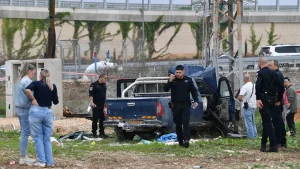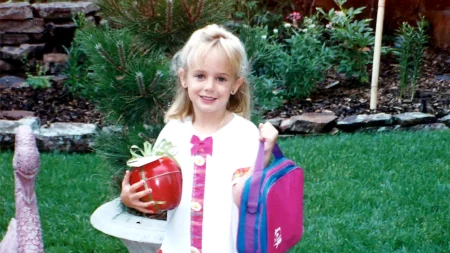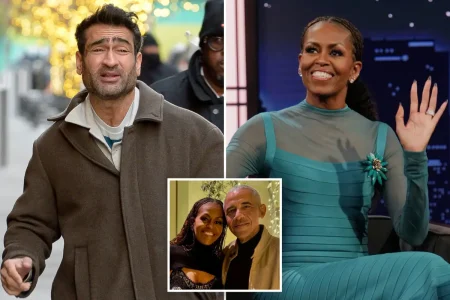Afghan National Arrested After Shooting of National Guardsmen Near White House
In a shocking incident on the eve of Thanksgiving, 29-year-old Rahmanullah Lakanwal was taken into custody after allegedly shooting two National Guard members just blocks from the White House. Both Guard members were reported to be in critical condition following the attack, which officials are now investigating as a possible act of international terrorism. The incident has raised serious questions about the vetting process for Afghan nationals who entered the United States following the 2021 withdrawal from Afghanistan, and highlights ongoing security concerns in the nation’s capital.
Lakanwal’s journey to the United States began in 2021 when he entered legally under humanitarian parole as part of the Biden administration’s Operation Allies Welcome. This program was designed to resettle vulnerable Afghans following the Taliban takeover, particularly those who had assisted American forces. According to intelligence sources who spoke with Fox News Digital, Lakanwal had previously worked with various U.S. government entities, including the CIA, as a member of a partner force in Kandahar, Afghanistan. This relationship apparently facilitated his entry into the country. Former CIA Director John Ratcliffe noted that “the Biden administration justified bringing the alleged shooter to the United States in September 2021 due to his prior work with the U.S. government,” though there are reports that his asylum application had been approved during the Trump administration, suggesting a more complex immigration timeline.
After arriving in America, Lakanwal settled in Washington state with his wife and five children. His former landlord, Kristina Widman, told reporters that Lakanwal had been living in Bellingham for approximately four years, although this timeline appears to conflict with reports of his 2021 entry into the country. What remains unclear is how and why Lakanwal traveled the 2,500 miles from Washington state to the nation’s capital prior to the shooting, and what might have motivated such an attack. The suspect’s movements in the days and hours leading up to the incident will likely be a crucial focus of the ongoing investigation, as authorities work to determine whether this was a planned attack or an impulsive action.
The shooting itself unfolded in a matter of moments, with DC Police Executive Assistant Chief Jeffery Carroll reporting that video evidence shows the attacker “came around the corner” and immediately opened fire on the National Guardsmen. In a display of remarkable courage, other Guardsmen nearby rushed to tackle the shooter, subduing him until he could be taken into custody. During the confrontation, Lakanwal was “severely wounded,” though officials have not clarified whether he was shot by a Guardsman or by responding officers. Carroll indicated that no clear motive has yet been established, leaving investigators to piece together what might have prompted such a violent attack against military personnel. The targeted nature of the shooting was emphasized by DC Mayor Muriel Bowser, who described it specifically as a “targeted shooting.”
The attack has drawn strong reactions from political leaders across the spectrum. President Trump took to his Truth Social platform to condemn what he called a “heinous assault” and “an act of evil and hatred and terror.” He further characterized it as “a crime against our entire nation” and “a crime against humanity,” reflecting the gravity with which many view an attack on military personnel near the White House. The incident has inevitably sparked renewed debate about immigration policies, particularly regarding the vetting of individuals entering the United States from conflict zones. Questions about whether sufficient background checks were performed on Lakanwal and others like him who entered under humanitarian parole programs will likely intensify as more details about his background emerge.
As the investigation continues, security measures around the White House and other government buildings may be enhanced, and there could be renewed scrutiny of National Guard deployments and their security protocols. For the families of the wounded Guardsmen, the attack represents a personal tragedy amid what should have been a holiday season of gratitude and togetherness. For the broader American public, it serves as a stark reminder of the ongoing threats faced by those who serve in uniform, even on American soil. The coming days will be critical as investigators work to determine whether this was an isolated incident or part of a broader threat, and as the nation grapples with the implications of violence directed at those who serve to protect our democratic institutions.











